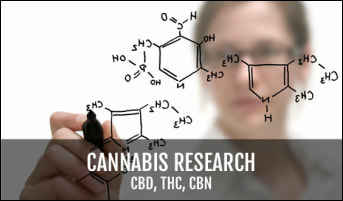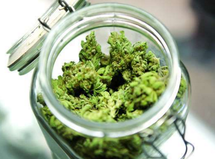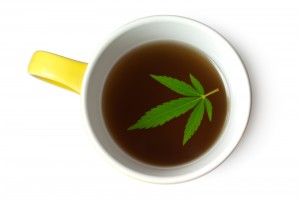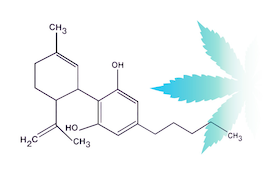 I'd like to introduce you to “Flore”, a newly opened Cannabis retail store. Flore is located at the historic corner of Noe and Market in San Francisco’s Castro neighborhood. More than 25 years ago, Brownie Mary handed out Cannabis infused “treats” to AIDS patients on this corner. Just down the street, Dennis Peron’s Cannabis Buyers Club became the world’s first medical Cannabis dispensary. About the same time, I consulted my first medical Cannabis patient just a few blocks away. Northern California has been involved in a Cannabis culture since before the "Summer of Love". In the 1960s, anti-war and civil rights were at the forefront of social discussion and debate. Considering current events, it amazes me how history repeats itself. Cannabis stood for rebelliousness, iconoclasm, and radicalism. Although we may have changed, the plant hasn’t changed. As a community, perhaps we have evolved to understand Cannabis heals the prevalent disorders of the day. After Cannabis and other psychedelic experiences, Harvard psychologists Timothy Leary and Richard Alpert questioned the status quo. Their experiences with Cannabis as a mild mind-altering escape from reality gained popularity. Dr. Leary and Dr. Albert reinforced the prevailing notion that science instructs wellness and medicine. Today, communities find that “turning on” to Cannabis also manages pains, helps addiction, improves sleep, and relaxes a person from the mental and physical stressors. Cannabis bridges the herbal apothecary of the past to the pharmacy of the future. Our work at the CESC, a nonprofit Cannabis research organization, has always sourced community wisdom. Federal and state regulatory efforts address limited challenges presented by Cannabis. Relying on top down federal and state guidance does a disservice to a community that has used Cannabis for decades. Yet, our community is thirsty for knowledge. Although we have experienced relief of aches, pains, and stressors, we want to understand which Cannabis products give energy, and which helps with a good night’s sleep, which stimulates hunger, or, yes, even arousal. Dr. Abrams and I started our clinical research by examining how communities use aroma to make distinction between Cannabis flowers. The investigation eventually led to chemical characterizations of Cannabis flowers and predicting the "Sativa" vs "Indica" effects. Our studies are a paradigm shift to traditional FDA clinical studies. Using community sourced data, we learn quickly and at very little expense. Flore sits at ground zero of the Cannabis culture in northern California. It will be the place where CESC launches its next phase of studies on Cannabis dosage and efficacy. “Our initial work focused on Cannabis flowers. Today we are ready for a new phase of study,” explains Dr. Abrams. “We want to dive into a broader side of Cannabis - processed (non-flower) products.” Processed Cannabis products allow choice, provide variability, and are amenable to scientific precision. As well, consumers are interested in reliable and consistent Cannabis products that result in characteristic anticipated effects. As we mature, the Cannabis industry matures, where getting “high” is just one of many available choices at a Cannabis dispensary. The CESC believes that effect claims are possible through observational study. In fact, large cohort Cannabis observational studies may be more predictive than smaller double blind randomly controlled trials. With help from the community, the CESC will make effect claims available to the public for any product available at Flore. Our mission is to provide information for each Cannabis product categories (gummies, vape carts, topical salves, etc.). We see this information as critical for both consumers and the industry. Dr. John S. Abrams and Dr. Jean Talleyrand are co-founders of the CESC Flore is located at 258 Noe St, San Francisco, California |
AuthorJean Talleyrand, M.D., Archives
September 2023
Categories |
Mailing Address: MediCann 1336 Willard Street, C • San Francisco, CA 94117
Important Disclaimer!
The information contained in this site does not intend to replace any medical advice or care by a trained physician.
Any use of this information is solely the the responsibility of the user.
Important Disclaimer!
The information contained in this site does not intend to replace any medical advice or care by a trained physician.
Any use of this information is solely the the responsibility of the user.
© COPYRIGHT 2015. ALL RIGHTS RESERVED.

 RSS Feed
RSS Feed


